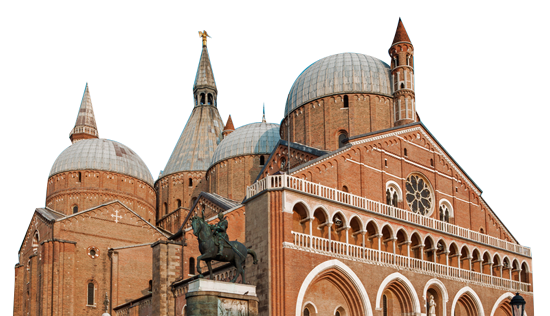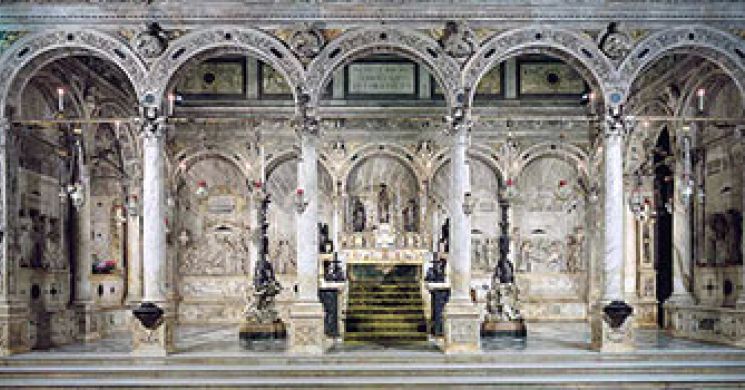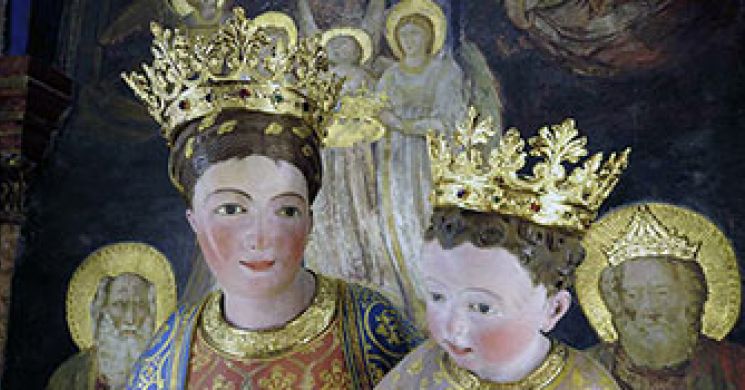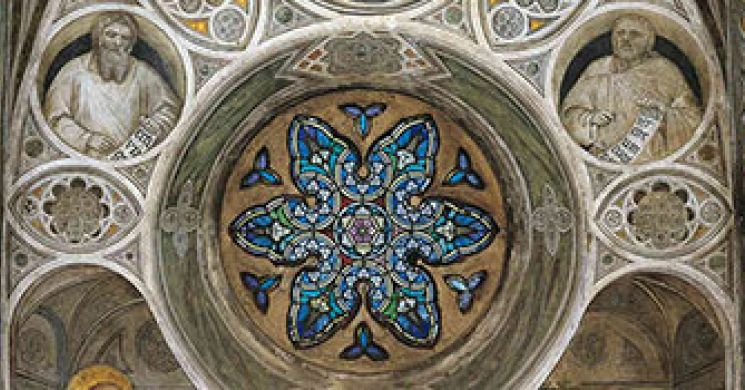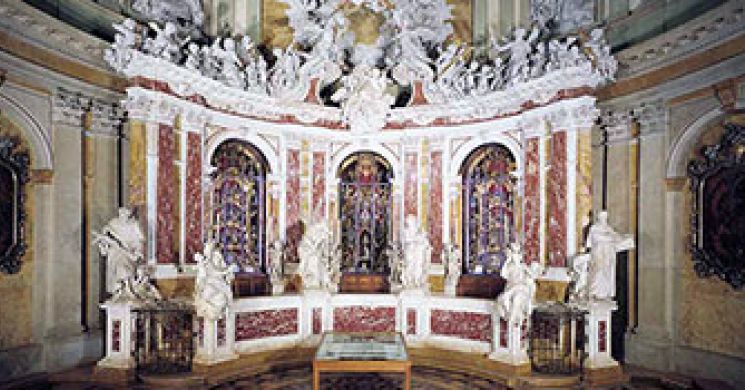The Chapel of Saint Anthony is a splendid Renaissance work begun in 1500 and completed towards the end of that century.
Major Artworks
The Pontifical Basilica of Saint Anthony, which the people of Padua call Il Santo (The Saint), is the most im portant monument in the city and one of the world’s most important art treasures. Recognised by the Holy See as an International Shrine, it is also one of Christendom’s most
celebrated and popular churches. The name of the architect is not known; he may have been a Franciscan friar, a man of genius and of extensive figurative knowledge. The Basilica was initiated in 1232, and its principal part was completed towards the end of that century. It was dedicated to Saint Anthony of Padua, who was born around 1195 in Lisbon, Portugal, and who died in Padua on June 13, 1231.
Taken as a whole, the majestic building displays the strong influence of Saint Mark’s Basilica in Venice, yet its large and imposing structure is Romanesque, while the interior, with its high apse and nine radial chapels, is purely Gothic in style. These con trasting characteristics are blended together in an original way which immediately distinguishes the Basilica from other medieval places of worship.

